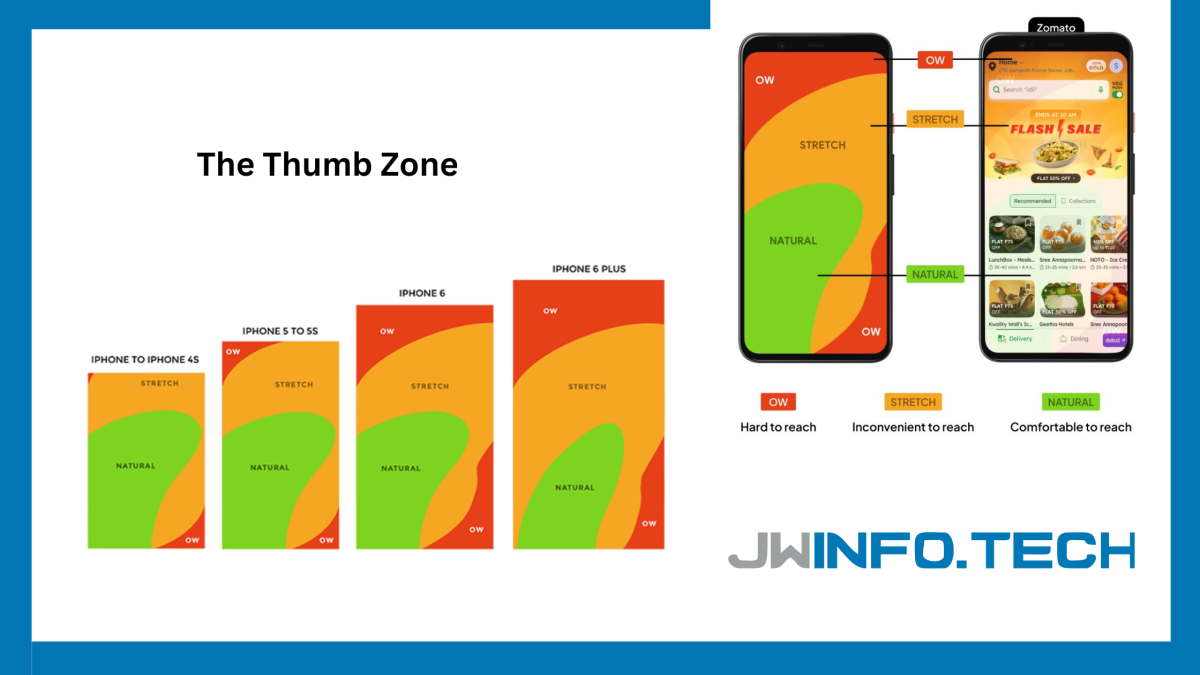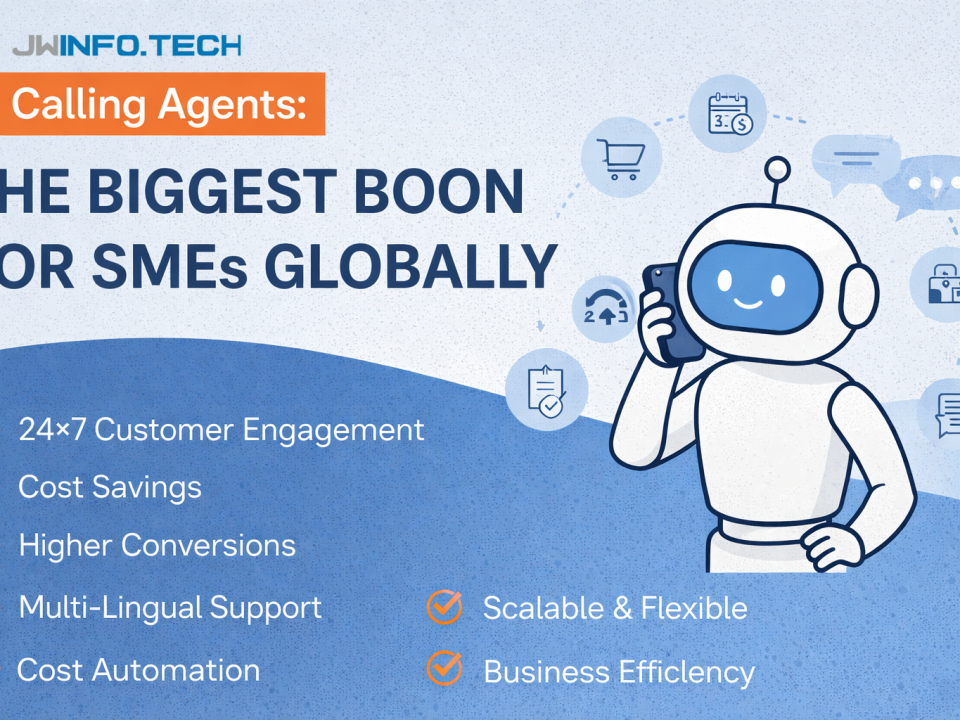Case Study: Enhancing Mobile Usability with Thumb Zone Optimization

🧾 Case Study: Digitally Transforming a Hospital’s Hiring in Botswana Through a Custom Job Portal
April 23, 2025
Case Study: Ensuring Usability Through Quality Assurance with Thumb Zone Testing
May 7, 2025
Categories
🏢 Client Overview
A consumer-facing mobile app with high daily engagement partnered with JW Infotech to optimize their UI/UX for improved accessibility and interaction. Despite great functionality, users were facing friction in navigation, especially on larger screens—leading to lower engagement and task drop-offs.
🎯 Objective
To improve usability, accessibility, and interaction comfort by re-evaluating and repositioning key action elements based on mobile ergonomics, specifically the Thumb Zone principle.
🧠 The Insight: The Thumb Zone Framework
Mobile UX research reveals that most users operate smartphones single-handedly. The thumb naturally prefers the bottom center of the screen (green zone), while the top corners (red zones) are hard to reach.
Using this framework, JW Infotech:
- ✅ Identified critical CTAs placed in hard-to-reach zones (e.g., top-right menu icons)
- ✅ Re-positioned key interactions (like filters, search, and call-to-action buttons) into the natural thumb zone
- ✅ Created UI variants for A/B testing across different device sizes
- ✅ Conducted heat map studies and feedback loops to validate the new flow
🛠️ Implementation Highlights
- 📱 Rearranged high-interaction buttons to fall within green (natural) zones
- 👆 Reduced cognitive and physical strain by minimizing “stretch” actions
- 🎯 Made secondary actions accessible but less dominant
- 🌐 Implemented consistent changes across iOS and Android platforms
🚀 Results & Outcomes
- ⬆️ 28% increase in successful task completions
- ⬇️ 15% drop in bounce rates on key screens
- ⏱️ Improved interaction speed and fluidity
- 🤳 Enhanced single-hand usability, especially for larger screens
- 🔁 Positive user feedback noted in post-update surveys
🔍 Why JW Infotech?
- Human-centered design process
- Cross-functional collaboration between UX researchers, product designers, and mobile developers
- Deep understanding of micro-interactions, ergonomics, and platform guidelines.



